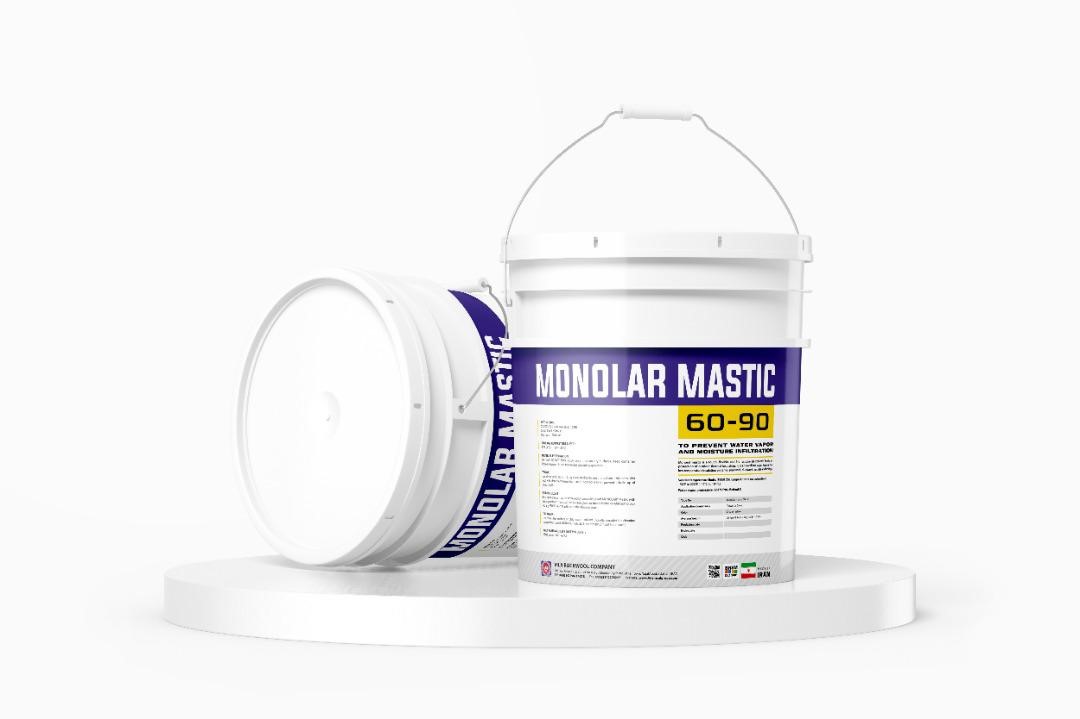Mastic is a liquid sealant that is flexible and protects surfaces after drying. Mastic sealant can easily stick to different materials such as glass, aluminum, wood, duct board, mineral, and steel and can maintain a strong bond for long time. It has a wide range of usage that includes connecting structures in residential areas to filling cracks in different stonework works and it can also be used in insulation works of buildings and industrial structures.
Mastic
Mastic is a liquid sealant that is flexible and protects surfaces after drying. Mastic sealant can easily stick to different materials such as glass, aluminum, wood, duct board, mineral, and steel and can maintain a strong bond for long time. It has a wide range of usage that includes connecting structures in residential areas to filling cracks in different stonework works and it can also be used in insulation works of buildings and industrial structures.
In insulation applications, mastic typically refers to a high-viscosity coating applied by trowel or brush, or gloved on; while coatings are lower viscosity and applied by brush or spray. For the purposes of this, the terms “mastics” and “coatings” will be referred to as mastics. A variation of parameters should be considered when selecting these products for optimal system performance.
In many cases, mastics will provide physical protection to the insulation material itself. Their relatively thick application and inherent strength and flexibility provide a toughness that the insulation surface cannot achieve on its own.
Questionably, the most important property of mastics and sealants in any insulation design is their ability to keep water (both liquid and vapor) out of the system.
- description
-
Mastic
Mastic is a liquid sealant that is flexible and protects surfaces after drying. Mastic sealant can easily stick to different materials such as glass, aluminum, wood, duct board, mineral, and steel and can maintain a strong bond for long time. It has a wide range of usage that includes connecting structures in residential areas to filling cracks in different stonework works and it can also be used in insulation works of buildings and industrial structures.
In insulation applications, mastic typically refers to a high-viscosity coating applied by trowel or brush, or gloved on; while coatings are lower viscosity and applied by brush or spray. For the purposes of this, the terms “mastics” and “coatings” will be referred to as mastics. A variation of parameters should be considered when selecting these products for optimal system performance.
In many cases, mastics will provide physical protection to the insulation material itself. Their relatively thick application and inherent strength and flexibility provide a toughness that the insulation surface cannot achieve on its own.
Questionably, the most important property of mastics and sealants in any insulation design is their ability to keep water (both liquid and vapor) out of the system.
related post
- more information
-
- Review
-
Reviews
There are no reviews yet.




Reviews
There are no reviews yet.